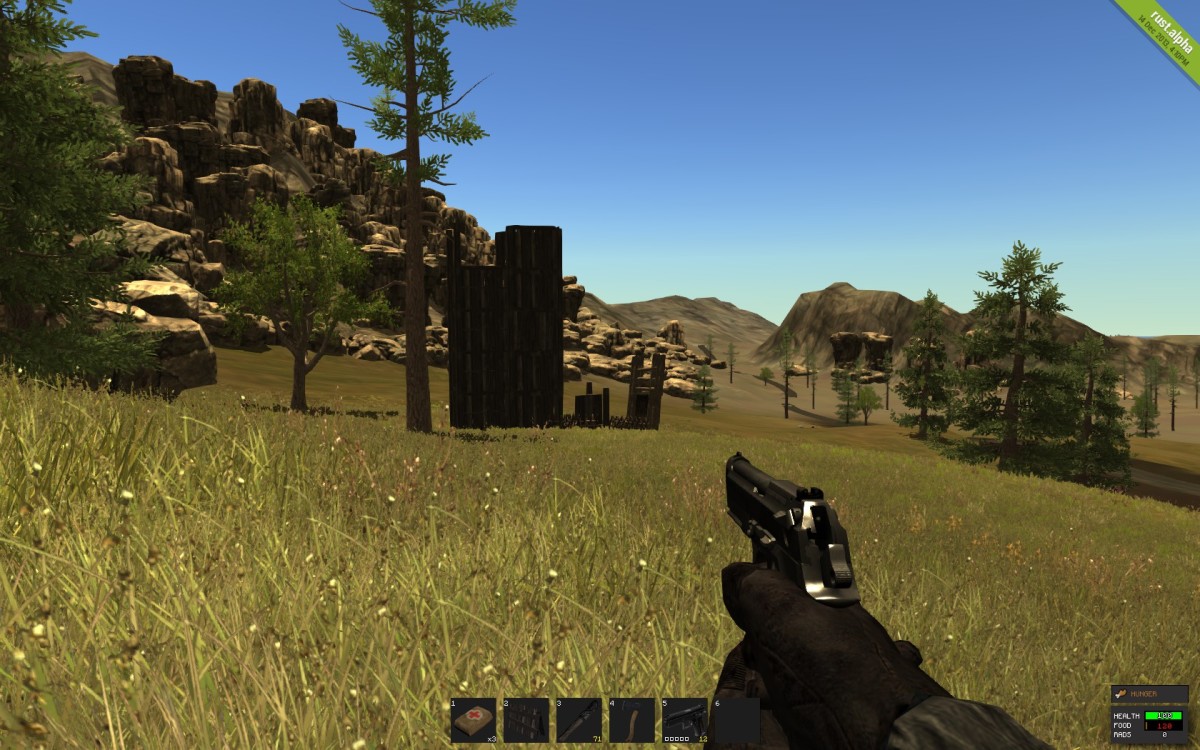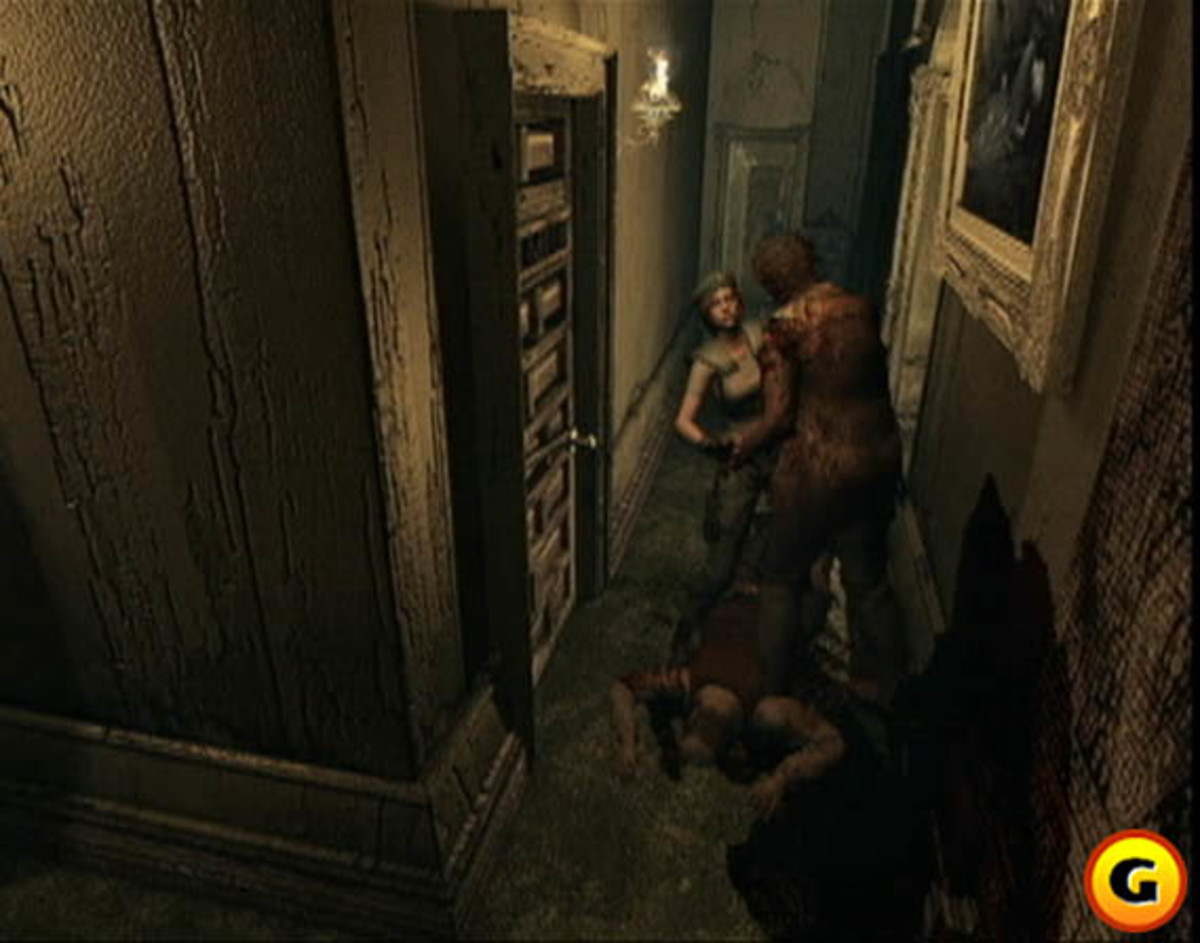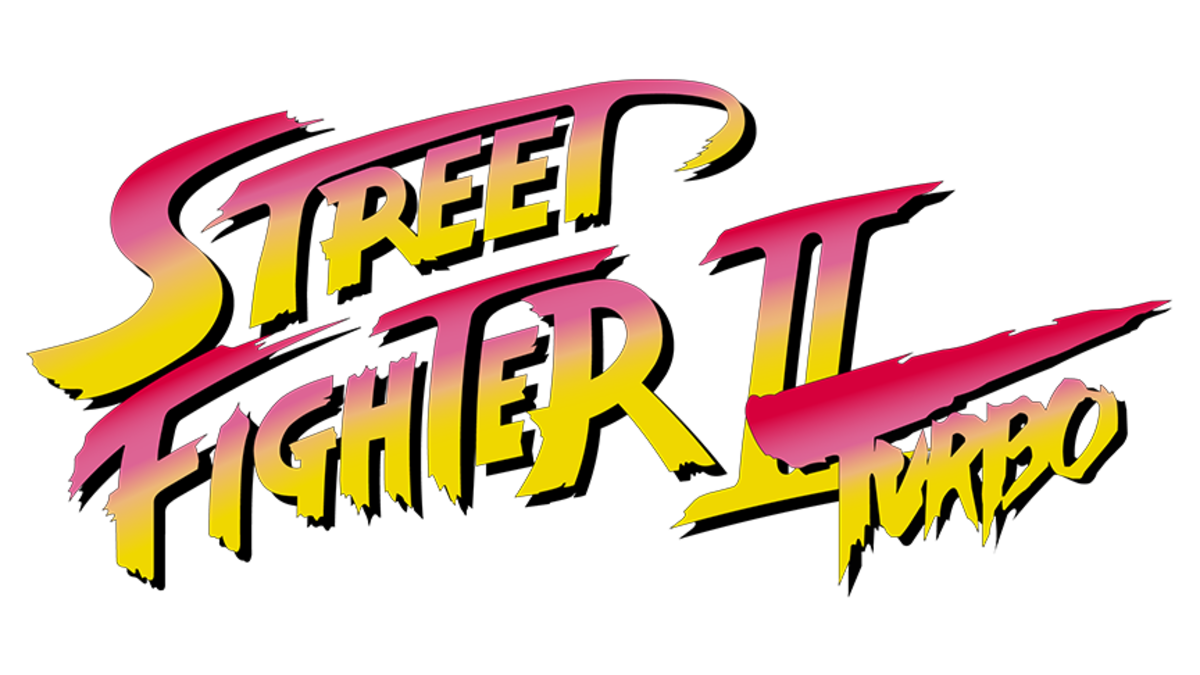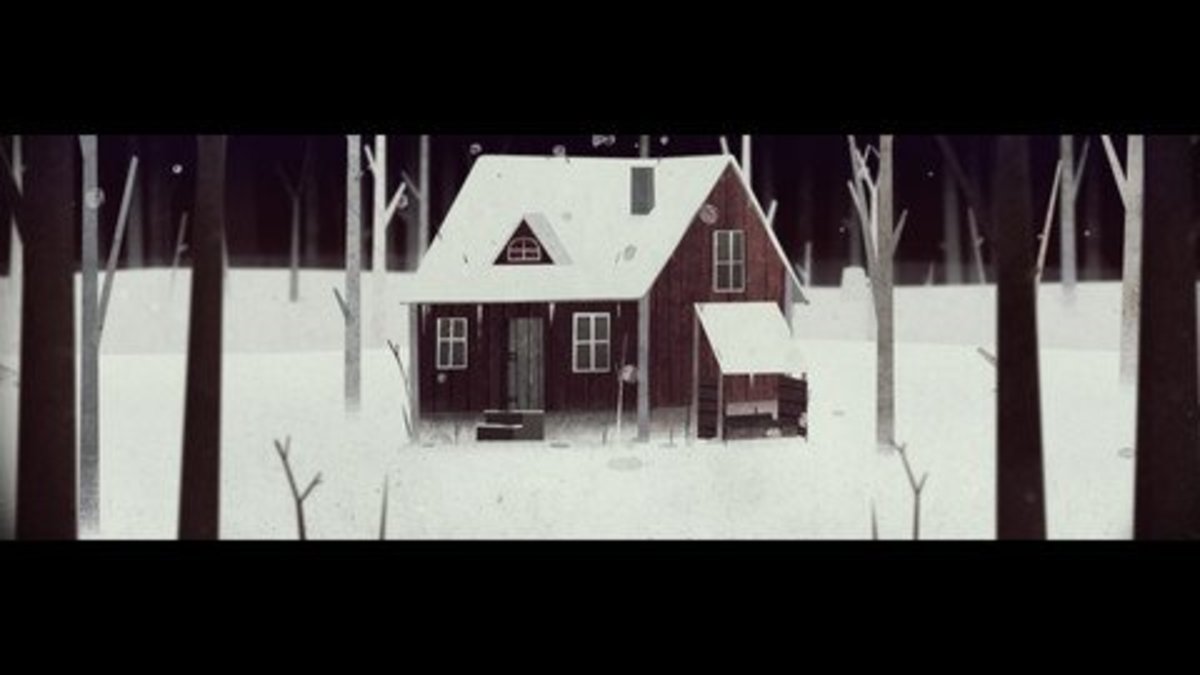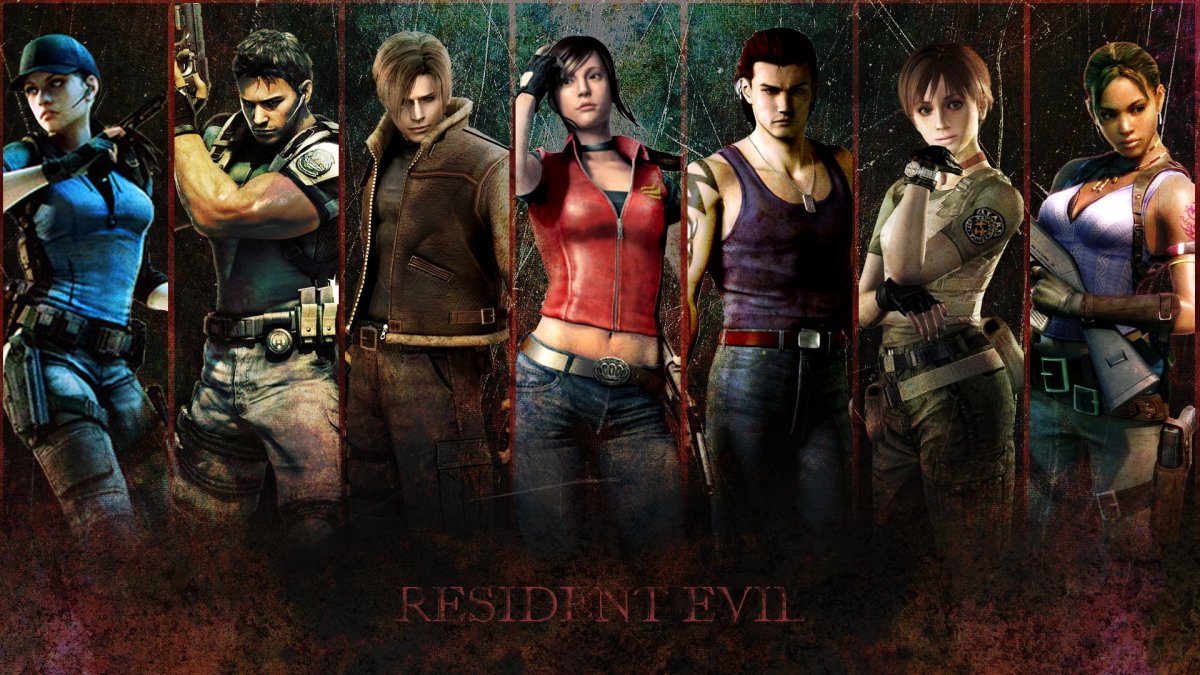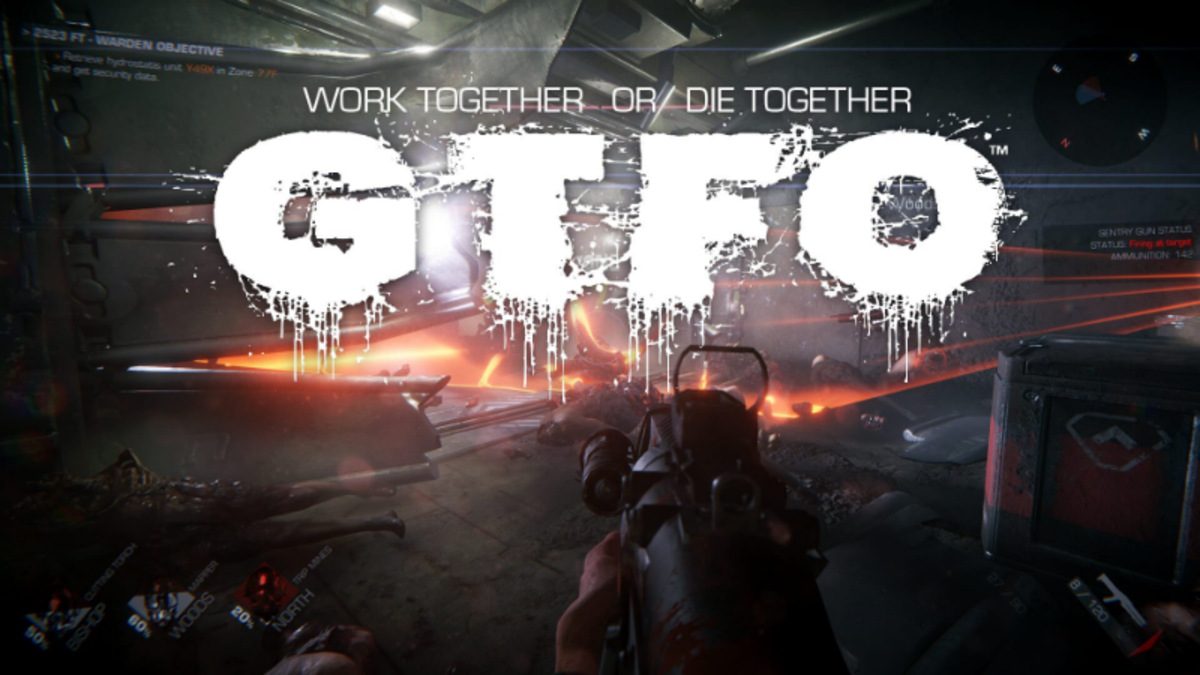The Scariest Video Games of All Time: Chapter II
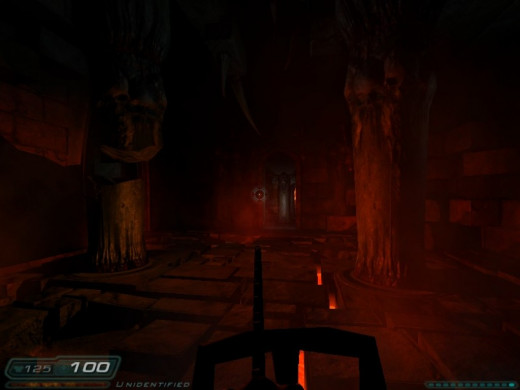
13. Doom 3
This game was the subject of tons of hype, but when it was released, it was obvious you had different camps out there. There were the religious types who wouldn’t touch the game with the Spear of Destiny, and there were those who played the game and called it “just a cheap bunch of scares”.
Yeah, I know that a lot of the time monsters jumping out of closets can be kind of repetitive. But you have to admit that there were times where this was the scary game that we all thought it would be.
Like in the beginning in Mars City: walking around in the dark, having to switch between your flashlight and a pistol, taking down zombies while listening to the screams of your fellow marines on the radio, while dodging those flying skulls as they permanently possessed the security guards… you know.
Also take into account the whole theme of hell infesting the base on Mars and the demons spawning into the place usually right behind you via what looks like a bolt of lightning. Also the usual shock factor that accompanies most id games appeared, and that was the pentagrams and sacrificial diagrams all over the place.
Something that was pretty creepy was all the growth infesting the huge Mars base like creeping, veiny vines – not just how it looked, but how it sounded, if you just stopped and listened. The spooky ambient sounds and chanting worked quite well too.
Doom 3 was also inspired by past classics such as the System Shock series in that you had a PDA, with which you could collect and listen to audio logs. Some of those logs were a little creepy – like the one which goes into graphic detail about how a worker lost the back half of his head after backing into a laser beam. That one stuck in my mind.
Graphically there’s no comparison between this game and the originals. But things that weren’t quite clear in the original, became more so in Doom 3. It was almost as though I was struck by the idea “so that’s what that was supposed to be” every now and again. I think things, like the growths in the original which looked more like revolving candy floss walls or something, that were seen as weird, became more straightforward in Doom 3.
And when you know something and see it plainly, it just becomes even scarier than if it’s left to the imagination, or should that be the other way around? I don’t know if this is making sense, by the way.
It’s like, in the original Doom, when you travelled to hell, it was just a few leafless trees and lava, with a red sky. But in Doom 3, the trip to hell was actually very unsettling, with not just lava, but fire, wells of souls, and people moaning in agony in the background. The technology available at the time this game was made ensured that every gross idea that was thought up by the sickos at id could be implemented.
12. Alone in the Dark
The original Alone in the Dark is known as one of the progenitors of the survival horror subgenre, and inspired later titles like Resident Evil. Later Alone in the Dark games in recent years, like The New Nightmare in 2001 and the other one in 2008, despite their improved graphics and gimmicks, went largely unnoticed.
I remember playing the first game. I would do it at night. Even the character selection scene was spine chilling. You had to select between either a female or male character – which we all know by now to be Edward Carnby.
Just reading through their write-ups, and why they were going to the mansion, as a child often had me fearing to go to the toilet at night and gave me nightmares about going to the toilet at night for years. I would rather piss in my pants than go to the toilet at night back then… I’m better now though.
The first part saw you in a mansion, in a room, with creatures somewhat resembling Gnasher from Dennis the Menace (the British one in the Beano) trying to get in through windows. You had to use whatever objects you could find to block up the windows to stop them from getting in.
You could also try taking them on in hand to hand combat, but they just kept coming.
For me, the most horrific moment was when the player character died, and afterwards a screen was shown outside the mansion with all the forces of evil surrounding it.
It might seem quite comical now, but then, as a child, it was pure fear.
11. F.E.A.R.
F.E.A.R. supposedly blended American style horror with that of a more Japanese style. But we all know that they blatantly ripped off films like The Ring with the little girl in a red dress in Alma. Hey, if it works…
Enter the Point Man, a member of First Encounter Assault Recon - kind of like a cross between a police unit, a military unit, and a paranormal investigation team.
The Pointman starts off the game in a meeting with his team discussing the plan of action. After driving up to an area, you get out the car (quite similarly to how Condemned starts), and find your way into one of the buildings. You soon meet up with one of your team, and work your way through to a corpse strapped in a chair that’s been horribly mutilated.
You go and check around the perimeter in search of the assailant only to be knocked down. You come face to face with a man who is later identified as Paxton Fettel, son of Alma. He is a telepathic commander in charge of an army of clone soldiers.
Then probably one of the more gruesome moments in the game is when you drop in off a chopper near a water treatment plant after reports of gunfire in the area. You’re the lone F.E.A.R. operative who is with a group of SFOD-D soldiers.
Being the odd one out, you’re sent on a short trip to open up the front gates. But on the way back, your radio goes haywire, and after some shooting, all goes quiet. You reach the gates only to see that almost nothing remains of the team you were with just minutes ago. Nothing but a big pool of blood and skeletons. After going forward into a hazy rip in the air, you’re shown exactly what happened, and who it was that committed this heinous act: Alma.
Throughout the remainder of the game, you are pitted up against Paxton and his army of replica troops, and you discover that you have some truly awesome powers to help you get the jump on your opponents, including the slow mo ability. This does what it says: it slows down the game and allows you to literally run rings around your enemies while taking them down. The ability only lasts so long though.
You end up being caught in more than just a terrorist attack though. There are numerous twists in this tale, and you find out that your being there isn’t just pure coincidence. It was destiny.
I’d say one of the other most unnerving moments in the game is when your teammate goes missing. He just vanishes, literally. And he crops up time to time, as your team commander will inform you over the radio, saying that his life signs have been “picked up near your area”. It was a little thing, but still.
Not to mention that there are also the visions, and the visits from apparitions from time to time, and murder scenes are grisly, with bloodbaths aplenty and bodies piled up high reminding one of a scene from the holocaust so many decades ago. It’s over the top, and suspends belief just how much carnage is to be found.
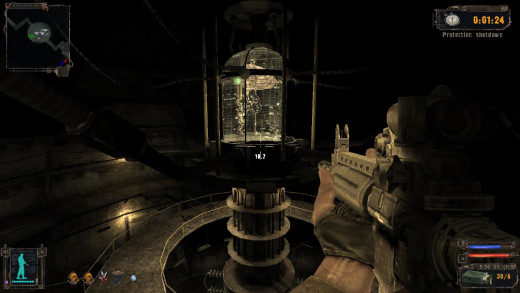
10. S.T.A.L.K.E.R.: Shadow of Chernobyl
The original S.T.A.L.K.E.R., released in 2007 after several years in development and delays, was what some might call a diamond in the rough. It felt raw, unpolished, and was buggy for many players out there – but perhaps not as bad as Clear Sky.
The thing that Shadow of Chernobyl did however was create an astonishing atmosphere. The game is set in Ukraine, in the Zone, or Zone of Alienation (or Exclusion) after a second series of events happened twenty years after the first catastrophe that befell Chernobyl Nuclear Power Plant in 1986.
Enter a stalker who once nearly died as he goes on a mission: his ultimate goal to find a man named Strelok… and kill him. Yes, I'm aware of the twist at the end. Shhhh!
On the way you will complete many side missions as well as the main ones in several locations of the Zone. It’s at night in the Zone: the isolation of your character, the wild mutated animals running around in the darkness, and the sound of your own footsteps and the bushes rustling as you pass by or through them that starts to unnerve you. You’re always waiting, anticipating something or someone will jump out at any second.
Venturing down into the labs and other underground sections scattered throughout the area is where some of the creepiest moments are to be had. You’ll be faced with anomalies, and other phenomena, like objects being lifted up into the air and thrown at you.
Also at one point the banging of the doors and loud footsteps that are heard will also have you on the edge of your seat. Sometimes the bugs in the game will also lend themselves to giving you an unintentional surprise – like doors that were locked, and requiring a code to access, swinging open all of sudden with nobody on the other side, only to close again and remain locked.
Also similarly to Aliens vs Predator, in SoC you have a map of sorts with a tracker that can point out human forms on it, alive and dead. And as you walk around, you will often hear a beeping noise which means that another person is in the area. They don’t always pop up on your map though, and it can sometimes be too late as you walk around a corner, only to see a red dot all of a sudden appear on your map and a man with a gun right in front of you.
Game over.
9. Tomb Raider
Before Core Design messed up the series with a lot of sub-par releases, they had Tomb Raider I and Tomb Raider II, the best of the original games by miles.
You play as Lara Croft, obviously, a British born archaeologist and thrill seeker, and not to mention noblewoman, who enjoys a spot of spelunking and swimming from time to time.
The atmosphere in the original was definitely spooky. The ambient sound and music with the gongs and everything in the background as you travelled mostly alone underground. And even though the enemies bearing down on you was scary enough, it was the traps probably above everything else that had you on the edge of your seat. Unlike with some games where things get repetitive and unoriginal after a time, with TR, seeing a boulder come rushing down a slope towards you often never fails to set in a sense of panic, as you scramble for the right keys and yell at the protagonist, “Come on *****! Run for **** sake!”
There was always that tenseness while playing, always expecting something bad to happen when you flick a switch or pull a lever or something. Almost nothing happens without consequences in the game. When you think that something seems to easy, then you’re probably right, and it won’t be long before something is sent to test your bladder retention ability.
This was complemented by that awful camera system that other titles on this list like Nocturne employed and the controls were frustrating as well. I can’t count how many times Lara plunged to her death after missing a jump or not grabbing a ledge or whatever.
One of the greatest threats in the game is likely the T-Rex. Long thought to be extinct, they just so happened to move underground, and I still remember my friend, as we played, telling me, “There’s a T-Rex in here somewhere”.
I was like, “Don’t say that!”
And as I traversed through every area covered with that pixelated mossy texture all over the place, I was constantly gazing in to the distance to see if that was where the dinosaur was. Then when I eventually came face to face with him, that’s when I hit the escape button…
© 2010 ANDR01D


